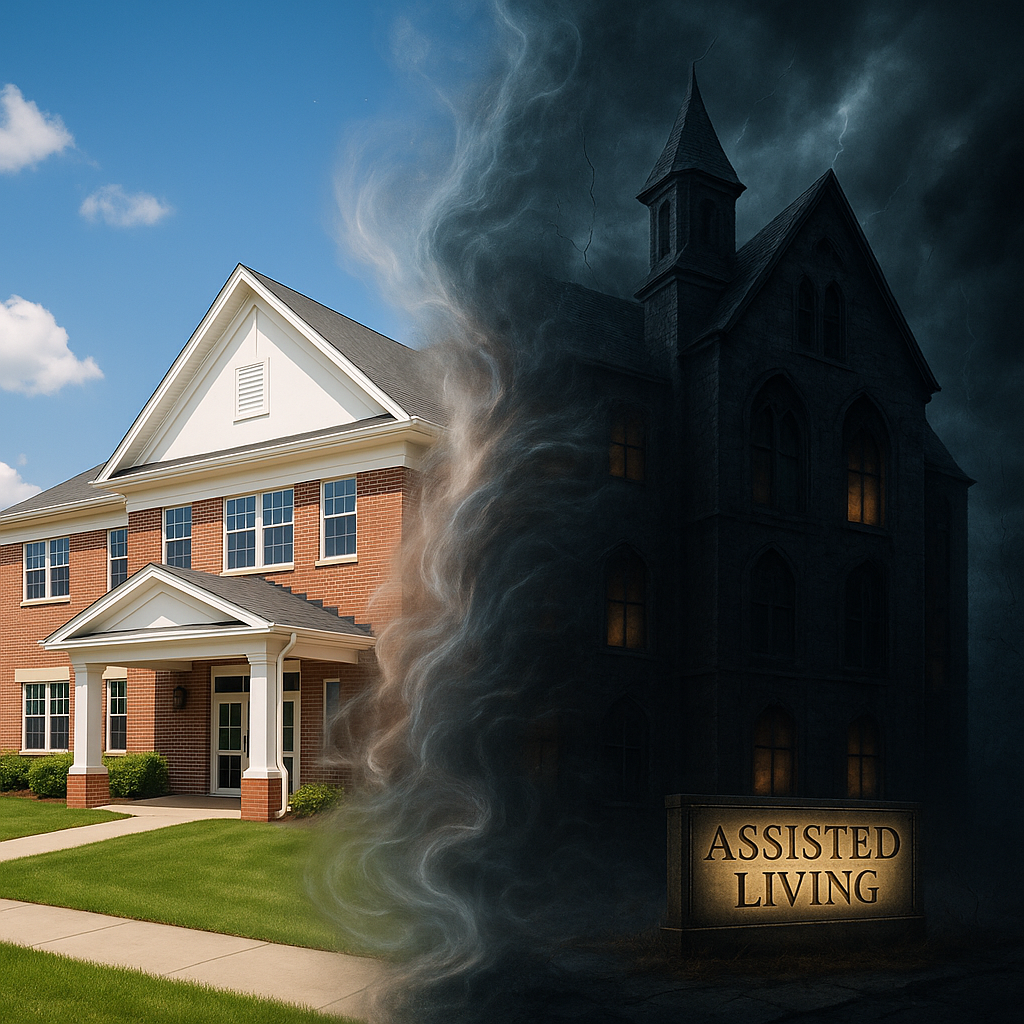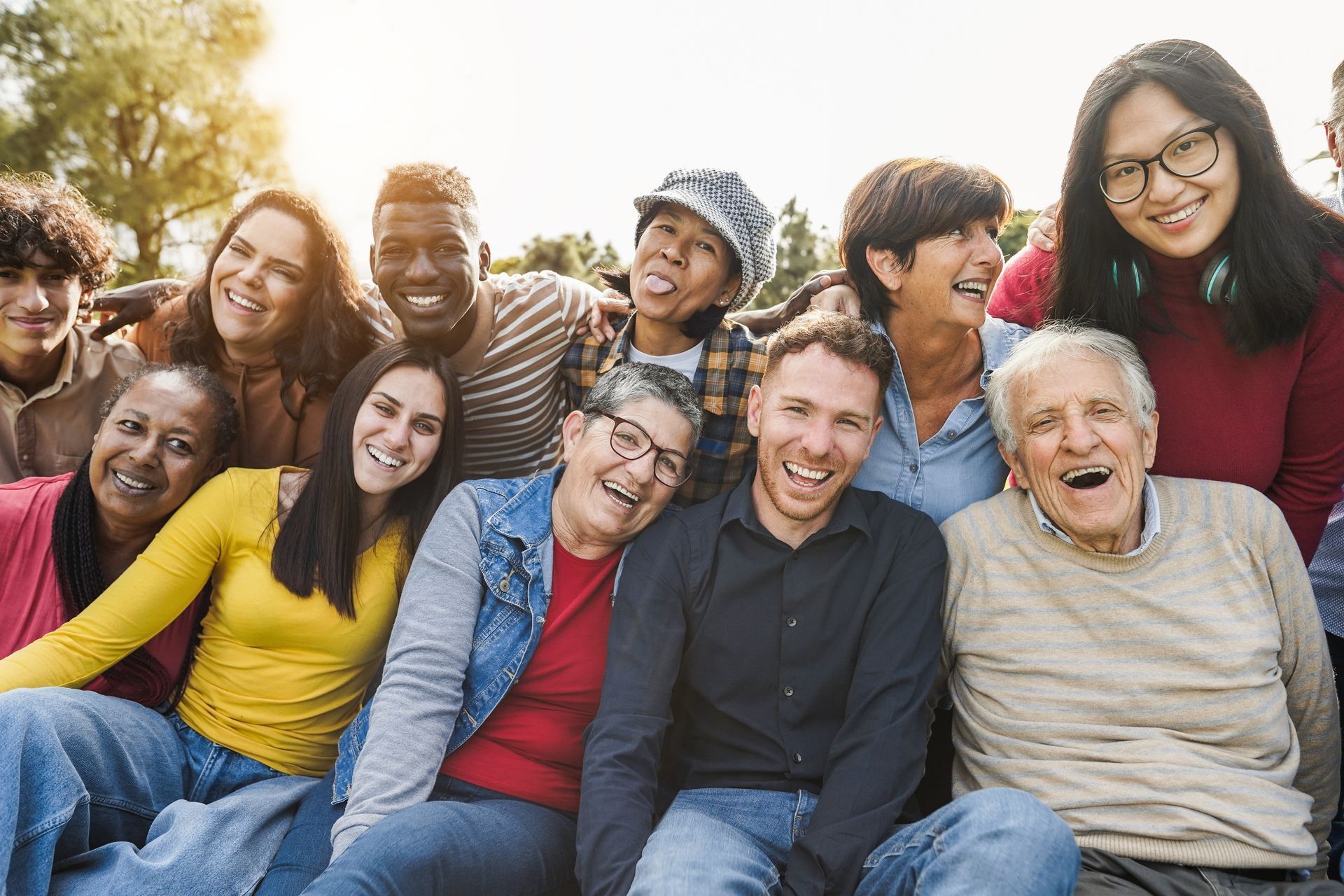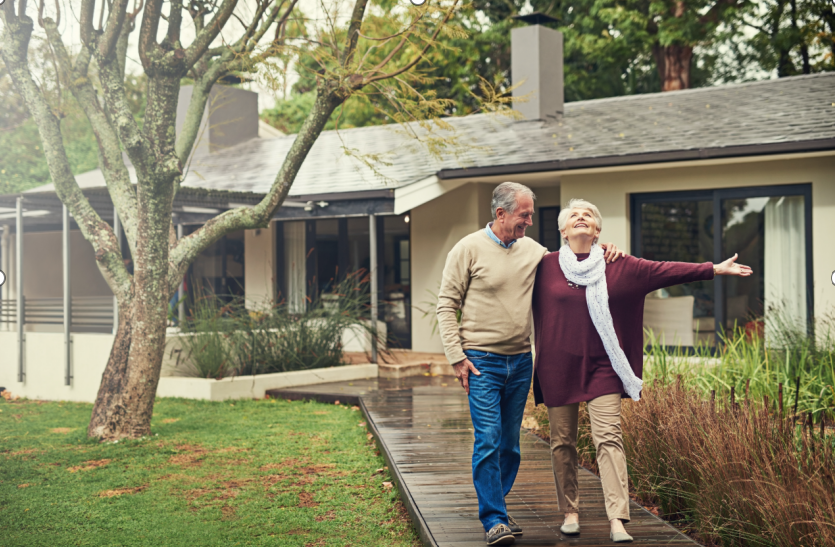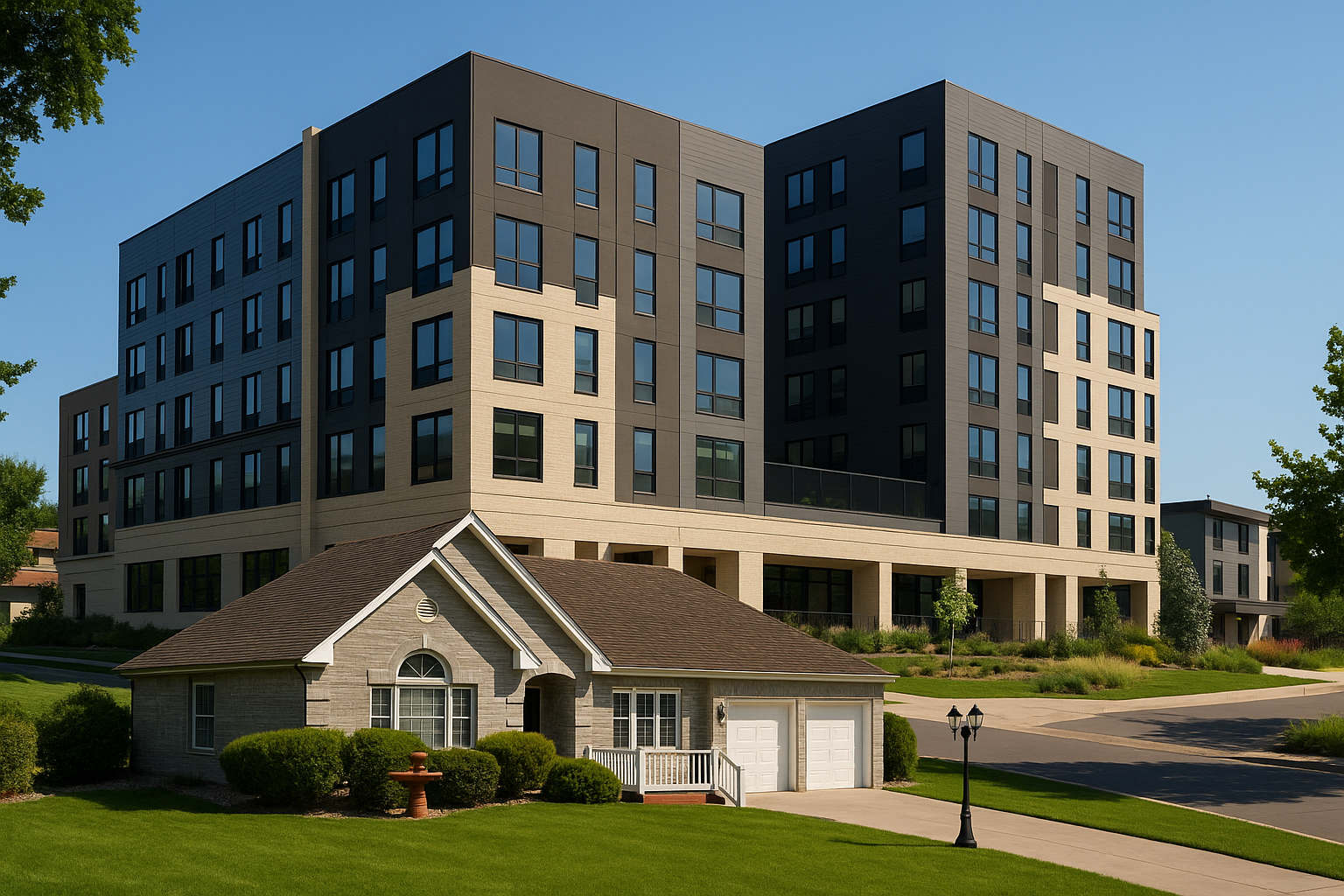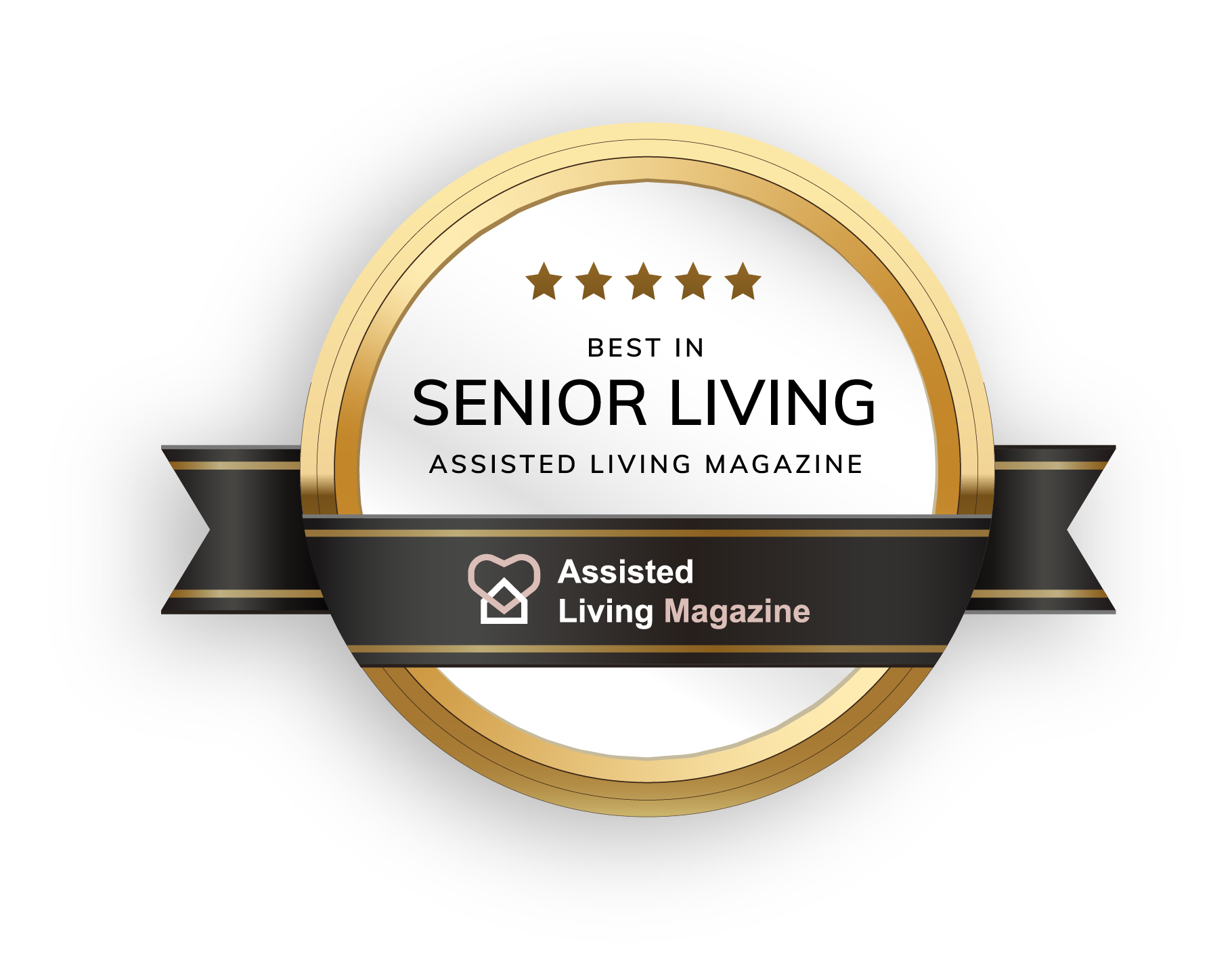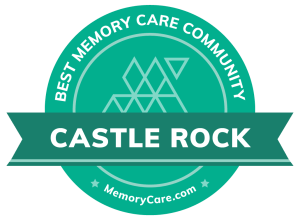BLOG
Adaptive Equipment for Brain Injury Recovery
Brain injury recovery involves various challenges that impact physical, cognitive, and emotional abilities. Adaptive equipment can play a crucial role in helping individuals regain independence, allowing them to perform daily tasks more easily. Understanding what tools are available can aid caregivers and patients in creating a supportive recovery plan tailored to specific needs.
From mobility aids to communication devices, these tools are designed to address the unique effects of brain injuries. Knowing how and when to use them can enhance quality of life. This guide covers key adaptive equipment that supports recovery and promotes safety.
1. Mobility Aids for Improved Safety and Independence
Mobility aids help individuals navigate their surroundings safely, reducing the risk of falls and encouraging physical activity. Common options include canes, walkers, and wheelchairs, all customized to suit different levels of mobility impairment. Brain injury recovery may affect balance and coordination, making these aids essential.
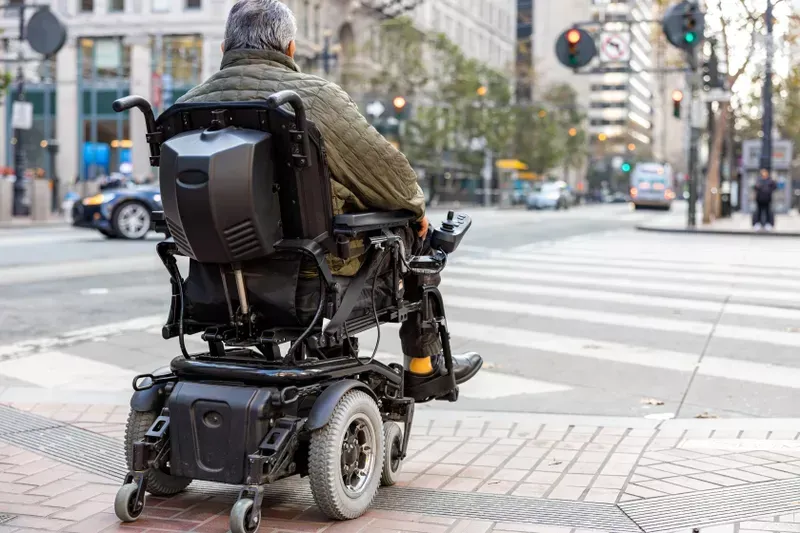
In addition to traditional mobility aids, specialized devices like rollators with built-in seats or wheeled walkers with brakes can provide added support. These devices also make it easier for individuals to move around confidently, which is essential for independence. Occupational therapists often help determine the best type of mobility aid based on the individual's physical abilities.
Adaptive footwear and grip-enhanced equipment can further enhance stability. Such aids offer stability and safety while helping to prevent additional injuries during the recovery journey.
2. Cognitive Aids to Support Memory and Focus
Brain injuries often affect memory, concentration, and organizational skills, making cognitive aids invaluable for recovery. Memory aids, such as digital reminders, timers, and smartphone apps, can help individuals keep track of daily tasks, medications, and appointments. Voice-recorded messages or color-coded labeling can simplify routines for those with more severe cognitive issues.
Electronic organizers or tablets with memory-enhancing applications can also help individuals improve focus. Many apps offer customizable reminders, notes, and checklists to assist with daily organization and reduce cognitive strain. These tools are also handy for those who struggle with remembering instructions or tracking their recovery progress.
Physical tools like calendars or labeled pill organizers can aid memory and routine-building. Visual reminders and consistent routines enhance cognitive function, encouraging better engagement and task completion.
3. Communication Devices for Clear Expression During Brain Injury Recovery
Brain injuries can impact speech, language, and the ability to express thoughts clearly, which can be frustrating for both patients and caregivers. Communication boards, speech-generating devices, and picture-based systems are beneficial tools for individuals struggling with verbal communication. These devices allow users to convey their needs and preferences, supporting social interaction.
Tablets and smartphones with speech-generating applications enable users to communicate through touch-based systems. Many customizable apps allow individuals to create words and phrases relevant to their specific needs. This adaptability helps users feel understood and connected to others, even when speech is impaired.
Caregivers can work with speech-language pathologists to develop personalized communication systems for those with severe impairments. These systems are essential for promoting emotional well-being and maintaining social engagement.
4. Sensory Aids to Address Sensory Sensitivity During Brain Injury Recovery
Brain injuries may result in heightened sensitivity to sound, light, or touch, which can overwhelm certain environments. Sensory aids, such as noise-canceling headphones, tinted glasses, or weighted blankets, can help reduce sensory overload and create a calming environment. These tools support comfort and focus, helping individuals engage in daily activities with fewer disruptions.
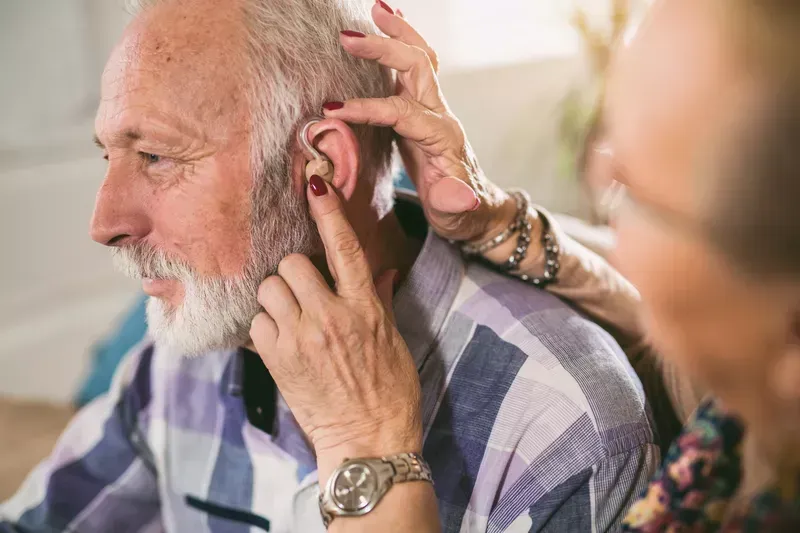
Weighted blankets, for example, can reduce anxiety and improve sleep, which is often disrupted in brain injury recovery. Noise-canceling headphones allow individuals to control their environment, making it easier to concentrate on rehabilitation exercises or relax. Light filters or tinted lenses also help minimize visual strain for those sensitive to bright lights.
Using these aids to create a sensory-friendly environment can ease the recovery process. By managing sensory stimuli, individuals can better participate in therapeutic activities and social interactions.
5. Physical Therapy Equipment for Strength and Coordination During Brain Injury Recovery
Strength and coordination may decline after a brain injury, making it essential to include physical therapy equipment in recovery plans. Exercise bands, balance boards, and hand-strengthening tools help individuals rebuild strength and coordination in a controlled setting. These devices are often used under the supervision of a therapist to ensure safe and effective use.
Simple tools like therapy balls or resistance bands encourage muscle engagement and balance restoration, which is crucial for regaining independence. Regular exercise improves circulation, strength, and coordination, reducing the risk of future falls. Balance boards and grip-strengthening devices are also commonly used to support motor skill recovery.
A structured exercise program using these tools fosters a sense of accomplishment and encourages regular physical activity. With guidance from a physical therapist, these aids contribute to safer movement and enhanced mobility.
6. Safety and Monitoring Devices for Peace of Mind
Safety is a primary concern for individuals recovering from brain injuries, especially for those prone to wandering or at risk of falling. Personal monitoring devices, such as wearable alarms, GPS trackers, and fall detection systems, provide peace of mind for both patients and caregivers. These devices ensure immediate assistance if the individual requires help or becomes disoriented.
GPS devices can track location and notify caregivers if the person wanders from a designated area, offering enhanced security. Fall detection alarms immediately alert caregivers or medical personnel in the event of a fall, reducing response time. For individuals who may forget or misplace things, smart-home systems with motion sensors and reminders add another layer of safety.
Safety devices support both independence and caregiver reassurance. By prioritizing safety, these tools allow seniors to navigate their surroundings confidently.
Improve Brain Injury Recovery with the Right Equipment
Adaptive equipment empowers individuals recovering from brain injuries by enhancing safety, communication, and independence. Each tool addresses specific challenges, from cognitive struggles to physical limitations, supporting a smoother recovery process.
Assured Senior Living offers guidance on choosing the best adaptive tools for your loved one’s brain injury recovery journey. Contact us to learn how we can help create a safe, supportive environment for their unique needs.


